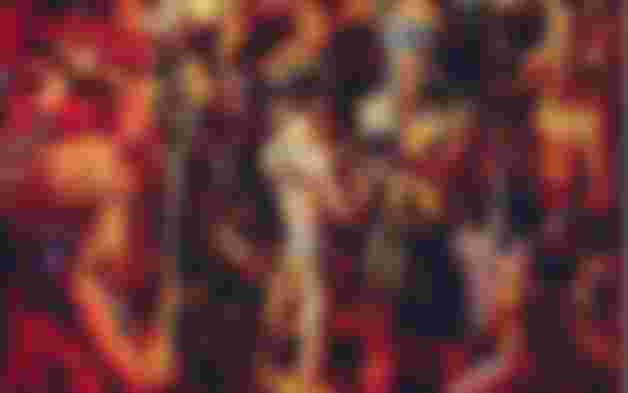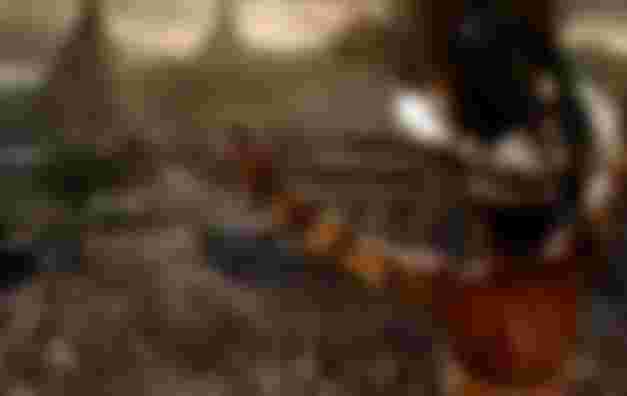The Mayan civilization is a Central American civilization, known for the most developed written language in pre-Colombian America, as well as for its art, architecture, and advanced mathematics and astronomy. This ancient civilization originated and strengthened between 2000 BC and 250 AD, their cities reached their peak from 250 to 900 AD.
Although the Maya still live in the area of Mexico today, and many of them still cultivate old customs, this article focuses on a civilization that lasted until the arrival of the Spanish conquerors.
5. They were excellent doctors

The health and medicine of the ancient Maya was a complex blend of mind, body, faith, ritual and science. Not everyone had access to knowledge, but only the chosen ones who would receive an excellent education. These chosen ones, who were called shamans, acted as a medium between the physical and spiritual worlds. They healed the sick, predicted the future, and controlled natural events.
Because medicine was so closely associated with religion and magic, it was essential that the Mayan shaman had vast knowledge and skill. The Maya are known to have sutured wounds using human hair, treated broken bones, and even had surgeons who could successfully operate on a patient. In addition, they took care of dental health and, if necessary, made dentures.
It is important to note that the Maya associated body disease with supernatural beings. For this reason, treatment has always included elements of ritual, cleansing, and finally herbal medicine or surgery.
4. They sacrificed people and animals

Many ancient civilizations practiced sacrifice, mainly to please or please their gods. In this respect, the Maya are no different.
Animal sacrifice and ‘bloodletting’ occurred frequently at many festivals, while human sacrifice was a much rarer occurrence. People sacrificed themselves when bad luck was driven away, during wars, when new leaders came to power and at the grand opening of new temples. Unlike many cultures of the time, the Maya did not sacrifice volunteers, but only prisoners, who were most often from neighboring kingdoms.
Today, many Maya practice these rituals of their ancestors. Elements of prayer, offering gifts to the gods, offering sacrifices (they replaced people with chickens), burning incense, dancing and celebrating - everything still happens in accordance with ancient rituals.
3. They built sports fields

Central American civilizations have been involved in sports for more than 3,000 years. These sporting events were often associated with rituals, and the sports games themselves took different forms in different places at different times.
The Mayan sporting event was called Pitz, and the gameplay was called pitziil. The game was played with a ball that was about the size of a volleyball, but was made of rubber and much heavier. Closely related to this sport was beheading, and there is even speculation that heads and skulls were used as balls.
For their sporting events, the Maya built sports fields. In addition to sports, they were also used for other cultural elite events, such as musical performances, rituals and festivals. These sports fields could be found in all but the smallest cities.
Speaking of culture, the Maya were excellent artists who mixed art with architecture, writing, and the general beautification of urban settlements.
2. They were great astronomers

The ancient Maya were great astronomers who recorded and interpreted everything that happened in the sky. Because they believed that the will and action of the gods could be read in the stars, the moon, and the planets, they devoted a great deal of time to the study of the universe.
Their calendar (which has been talked about a lot in the media recently) was based on their astronomical studies. It is very important to note here that the Maya did not have a calendar, but calendars. The calendar that was written about in the media, and which allegedly announced the end of the world, only marked the end of one of the 4 cycles of creation. According to the Maya, it is a time of great celebrations and it does not mean the end of the world but the beginning of a new "age".
The Maya believed that the Earth was the center of everything, fixed and immovable. The stars, the moon, the sun and the planets were gods. These Gods had a great influence on human lives, so their movements were closely observed.
The sun was very important to the ancient Maya. The Sun God was Kinich Ahau. He was one of the more powerful Gods, and one of the creators. The moon was almost as important as the sun. Mayan astronomers analyzed and predicted lunar motions with great accuracy. As with the Sun and the planets, it was often claimed that the Maya originated from the Moon.
The Maya were aware of the planets in the Solar System, and by far the most important planet to them was Venus which they tied to wars. Battles and wars were planned according to the position of Venus, and the prisoners sacrificed themselves to turn towards its position in the sky. The Maya recorded the motion of Venus and found that its year (relative to the Earth, not the Sun) was 584 days, which is incredibly close to the 583.92-day figures established by modern science.
1. No one really knows what caused the collapse of this ancient civilization

For reasons still unknown in scientific circles, the Maya centers in the southern regions began to decline during the 8th and 9th centuries, and were soon abandoned altogether.
Theories about the decline of this once great civilization are divided into several subcategories, such as overpopulation, foreign invasions, peasant revolts, and the disappearance of key trade routes. Environmental hypotheses include environmental disasters, epidemics, and climate change.
There is evidence that the Maya simply exhausted all the agricultural and animal potential of the environment. Some scientists have recently theorized that it is possible that the Mayan civilization collapsed after 200 years of drought.
Mild droughts that occurred between 800 and 950 were enough to quickly reduce the availability of drinking water. Scientists base this on an analysis of minerals and stalagmites found in caves from which the Maya drew drinking water, and further analyzes showed that another drought occurred between 1020 and 1100, which was probably fatal to this ancient civilization. .





Great article about the Miami. I love reading about them. I hope that scientists will one day discover the reason for their total disappearance